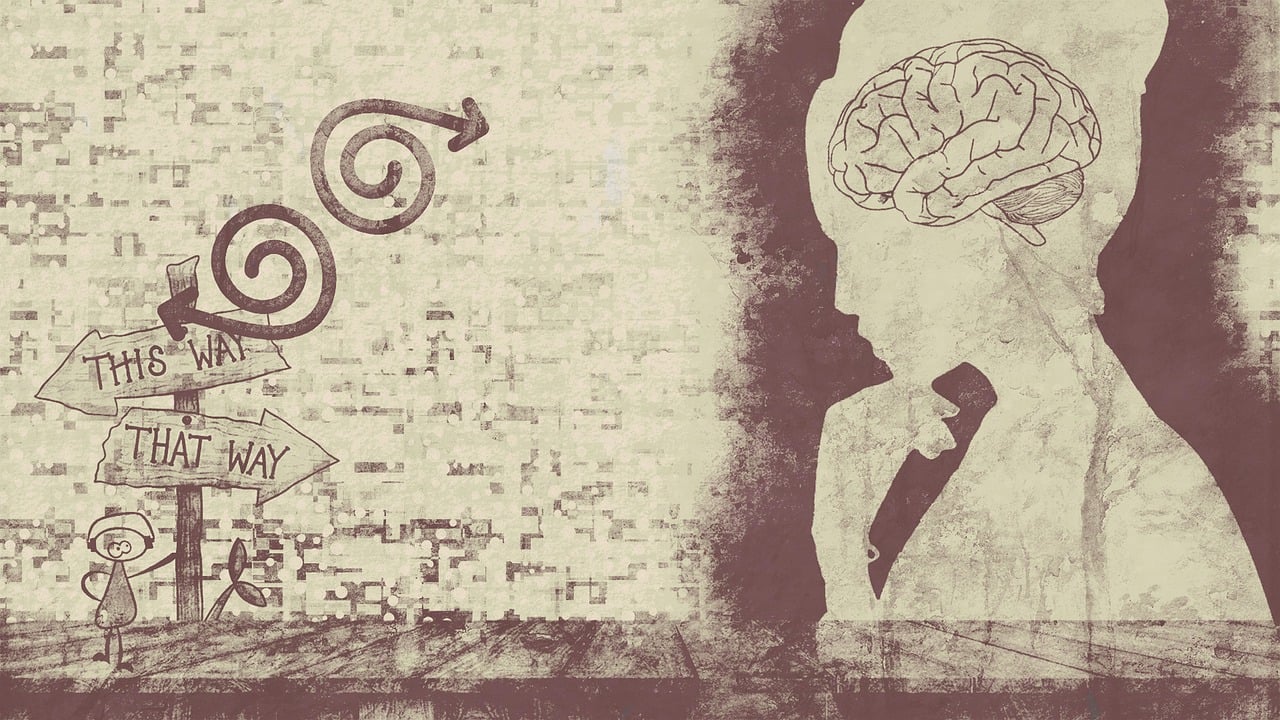Our approach to therapy – 6 dimensions for powerful change
Step by Step

Our approach to therapy is based on the Human Givens Institute that includes CBT, NLP and Hypnotherapy, Trauma and attachment Informed coaching, as well as the important notion of Human Innate Needs and Resources.
The aiming is for you to understand, integrate and reprogram past beliefs and attachment conditioning and achieve the therapeutic goals in a coordinated and sustainable way.
It is also a person-centred approach, where personal views, background, culture, religion, gender and sexual preferences are respected, and confidentiality is always assured.
The six dimensions of our approach to therapy
Our approach to therapy addresses and focuses on 6 different dimensions. To achieve our therapeutic goals and be able to change what is not working for us, we need to act on five different and interconnected levels:
- Root level
- Physiological (body) level
- Imagery level
- Cognitive level
- Communication and language level
- Behavioural level
At root level, we understand your story, past conditioning, attachment styles, trauma and negative beliefs.
At a physiological level, we learn how to send messages of safety to our autonomic nervous system, so we can rapidly go back to a state of calm and focus.
At an unconscious level we use the most precious resource we have – our imagination – to change habits, reinforce self-esteem and lower anxiety or fears. We also use imagination in Memory Reconsolidation Techniques to resolve trauma.
At a cognitive level, we challenge thoughts and negative beliefs (cognitive distortions), recognize our strengths, limits and values and establish goals for the future.
At a communication level you will learn new the patterns of communication so you can stablish authentic and empathetic connection.
At a behavioural level, we practice and take action towards fulfilling our innate needs – between sessions we reinforce what we have learned. Small steps make all the difference.

All this 6 dimensions are linked to the ability and skill of self-awareness. That’s why mindfulness is at the core of our approach to therapy. Awareness of our thoughts, our limits, our boundaries, our abilities, our recourses and our responsibility.
How does our approach to therapy develop?
Our approach to therapy includes assessment, clarify goals, learning, self-regulation, explore innate needs and resources, Memory Reconsolidation Techniques for trauma and action at home.
Information gathering.
- Psychological and situational assessment.
- Discover past conditioning (childhood and adulthood).
- Uncover beliefs about the condition and life in general.
Establishing a clear outcome
So we can envision a better future and recognize when the therapeutic process can be considered complete.
Psychoeducation.
- To learn how the brain works, recognise the different mental states and how the autonomic nervous system reacts when faced with an actual or perceived threat.
- How nutrition, lifestyle, traumatic events, or Childhood Adverse Experiences can change how the brain works and its implication on perception and behaviours.
- The cycle of depression – how rumination changes sleep patterns and lead to fatigue, lack of motivation and depression (fig. 2).
- The processes behind an “anxious brain” and how to send messages of safety to the brain so the ventral vagal system is activated.
- Illicit hope through other people’s success stories.

Self Regulation
Act on the body. Learning and practice self-regulation techniques so you can connect with the sensations in your body and smooth yourself. This include to learn important skills to deal with anxiety, fear and terror, anger and rage, shame and guilt. Namely,
- Relaxation and breathing skills
- Self-awareness about triggers and new ways to regulate and co-regulate – the observing self.
- Separate belief or opinion from fact. Reframing situations to introduce new perspectives about old beliefs.
Explore Innate Needs
I think it’s reassuring to let you know that your happiness isn’t just about what you do inside your mind. It’s also about taking action to identify and meet your needs. People who meet their needs in a balanced way are less likely to suffer anxiety or depression or relationship issues.
Are your innate needs being met?
- Health – a sense of taking care of yourself.
- Safety – a sense of being safe
- Belonging and Attention – being part of a group and give and receive attention.
- Intimacy & Connection – having someone with whom we can be ourselves.
- Privacy – time to be with ourselves and for reflection.
- Autonomy and control – a sense of control over some parts of our lives.
- Status and accomplishment – A sense that you are achieving you goals
- Purpose – a sense of direction and worthwhile values and goals.

Explore Inner Resources
Recognize and point out what are the qualities, skills, and achievements you already have and use them as resources for future change.
Memory Reconsolidation for trauma
During extreme stress events, cortisol and endogenous opioids can interfere with the brain’s ability to form explicit memories. The sensory cues associated with the traumatic experience stay locked in implicit memory and fail to be integrated with the context and knowledge contained in higher cortical regions.
“Memory Reconsolidation Techniques are changing the way we treat trauma”.
C. Armestrong
The key lies in recalling the implicit memory while simultaneously evoking a new experience that changes the meaning of the memory and invalidates negative beliefs attached to the traumatic event. This “mismatch experience” causes the emotional brain to update its prior learning.
Some of the techniques we use are effective even if you prefer not to verbally reveal the event. The last thing you need is to recall traumatic memories over and over again. It is not necessary and can even be detrimental to your recovery.
The Rewind Technique is a very gentle process, extremely relaxing and pleasant. Has proven to be very effective in releasing trauma due to past wartime (veterans), sexual assault, car accidents, abusive relationships, traumatic divorce, and other situations.
Future pacing with Guided Imagery (hypnosis)
Stimulating imagination harnesses the powerful healing abilities of the brain more effectively than any other approach – including drugs. All processes of behavioural and psychological change involve focused states which the use of Guided Imagery engenders. They are the states in which we learn. It is mostly used when:
- We want to lower emotional arousal in depressed, anxious and angry clients.
- We want to help clients to visualize new or different behaviours in their imagination. This actually changes the brain’s neural pathways, making the desired changes much easier to bring about.
- De-traumatize people (using Memory Reconsolidation Techniques)
Assigned weekly tasks
You will have “homework” to complete at home. These are the small steps that will allow you to extend the benefits of your program to your daily life.
Is at home that you can check what works for you and what does not work for you. What works you repeat, what doesn’t you put aside. Then we can discuss what serves you best.
Feedback
I need you feedback! Only you can help me improve my work. It is absolutely important to me to have your honest feedback. I will do try my best to adapt and be flexible to honour your uniqueness.
.






